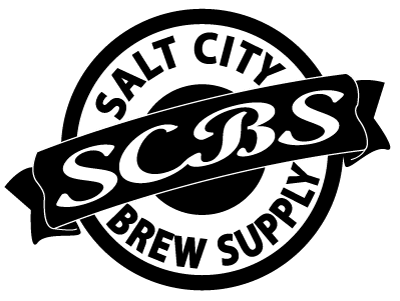Lager Brewing
What is lagering?
- Cold Fermentation
- Cold Storage
Lager Styles
- Standard American Lager
- Pilsner
- Vienna Lager
- Oktoberfest
- Helles
- Dunkel
- Dopplebock
- Baltic Porter
- Hybrids
- California Common
- Kolsch
Lager Brewing Considerations
Recipe Formulation:
Pale lagers frequently use adjuncts such as rice, corn, or sugar.
Adjuncts reduce the amount of free amino acids (FAN), which reduce the production of flavor compounds resuting from amino acid metabolism.
Chilling Wort:


Wort should be cooled to near fermentation temperature before pitching yeast.
May require the use of a ice bath and/or pre-chiller to get temperature down.
Yeast Selection:
Ale Yeast – Saccharomyces cerevisiae
Lager Yeast – Saccaromyces pastorianus
Primary considerations for lager yeast are diacetyl production and ability to enhance maltiness or fruitiness.
- Wyeast 2124 Bohemian Lager
- Wyeast 2001 Urquell Lager
- Wyeast 2278 Czech Pils
- Wyeast 2112 California Lager
Pitching Rates:
Typically, pitching rates of 2-3 times the normal ale rates are recommended.
Starters can be produced at normal fermentation temperatures.
Fermentation Temperature Control:
Direct-controlled refrigeration:


- Johnson or Ranco controllers.
- Temperature probes
- Thermowells
Non-refrigeration methods:


- Ice bath
- Wet Towels
- Evaporative Cooling
Diacetyl Rest:
During yeast growth, an amino acid is created called valine. An intermediate step is the creation of acetolactate. Acetolactate is a precursor to diacetyl and is not detectable.
A diacetyl rest ensures yeast have enough metabolic activity to re-absorb the acetolactate/diacetyl prior to cold storage.
Malts contain varying levels of valine naturally.
Adding yeast nutrient can supplement deficiencies in valine levels, reducing the need for yeast to produce it and it’s by-product, acetolactate.
Begin diacetyl rest when approximately five(5) points above terminal gravity.
Raise temperature about 10F for 24-48 hours
Lagering:
Once the diacetyl rest is complete, temperature should be dropped to near-freezing.
This allows for yeast flocculation and clarification of the beer as well as minimizing the effects of aging.
How long to lager?:
~21 days for Standard American Lagers
Stronger beers require longer lagering


